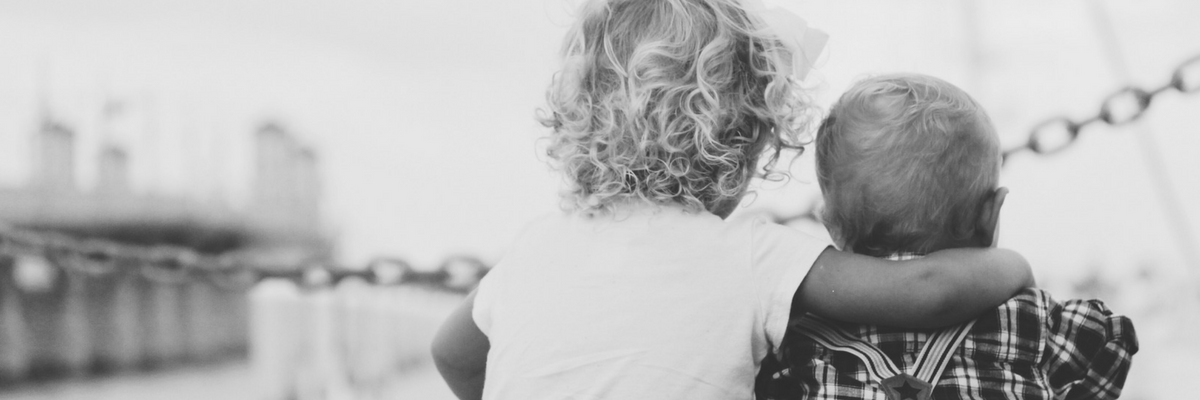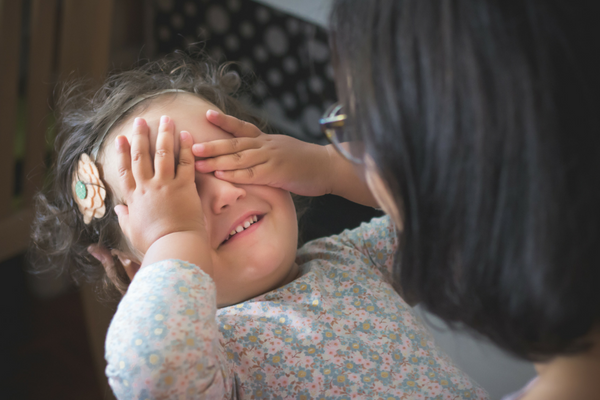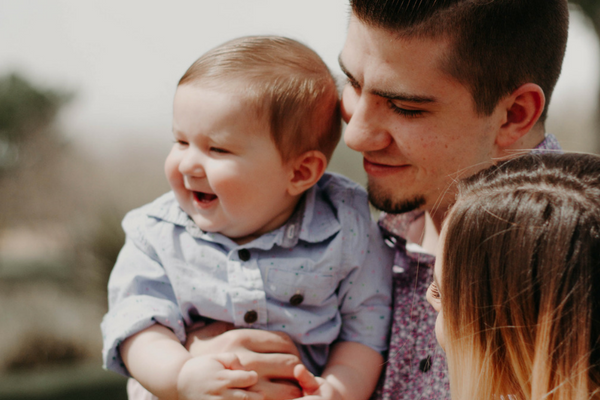
"Faith is the assurance of things hoped for, the conviction of things not seen.”
—Hebrews 11:1
When working in a church nursery over time, it’s easy to forget how big a deal it is for parents to let us be in charge of their babies. It seems perfectly normal to us. But for moms and dads (or whatever adult is bringing their littles to church), it is a very odd thing.
Adults have to go against their natural instincts of protection to entrust a stranger with the care of someone they love so very much. Even more so, when babies are separated from the person who is their whole, entire world, the transition can be … well, let’s say … tricky. You see, parents have one thing that their under-two-year-olds don’t: a fully developed sense of object permanence.
The role of object permanence in separation anxiety
Object permanence is the ability to know something is there. Even when you can’t see it. Jean Piaget was able to parse out the stages of learning this concept in his cognitive development theory.
At first, a baby is all reflexes. They suck, blink, poop, and sleep on autopilot. Sometime in that first four months, they become more intentional. They might move their legs and arms and love every moment. The next four months, they become even more connected. They open their mouths for a spoon that’s headed toward them and shake rattles. Soon, they can reach for something that’s partially hidden. But it’s not until they approach their first year that they even begin to truly explore the idea of cause-and-effect. This is when they start looking for things that disappear from their line of sight.
One-year-olds take on the task of learning that something that’s hidden while they are watching can be found. For example, a toy placed under a blanket while they are watching can be found by moving the blanket. But not until a child is around two years old do they begin to really understand that people outside their view actually still exist.

Hope conquers
That’s why separation anxiety is so tough in those early years. Imagine not knowing if people were ever coming back every time they stepped out of your line of sight. You would be terrified too! It’s our job as caregivers to teach babies about hope. To help them develop the kind of faith that what they hope for will actually be so. That their mommy (or whomever brought them) will actually come back.
Big picture, this is literally preparing their hearts and minds for the eventual heavenly hope of eternal life. When you teach babies about hope, you’re helping them learn a major faith concept on a very fundamental level.
Tips to teach babies about hope
What can we do to build hope in small children? Engage them in simple tasks to grow their skills in object permanence. These are games you probably already play:
- Peekaboo!
- Hide a toy under a blanket
- Look for the Cheerios under the cup
- Where’s Thumbkin?
- Guess which hand has your pacifier?
Other things you can also do: talk to the child when they can’t see you. For example, talk when you are around a corner or behind a small shelf (never leave babies unattended!). Sing words like “Mommy comes back! Mommy comes back!” (I do this to the tune of “The Farmer in the Dell” but you can get creative with your own remix). And when you see a baby’s parent at pick-up time, sing “Mommy came back! Mommy came back!” in the same tune to reinforce this idea.
The goal is to help show them evidence that there is a whole world outside of what they can see, and that they can trust that the ones they love will return.

The role of hope in child development
Babies who know what it’s like to hope for something that they can’t see and then have those hopes realized are at an advantage. Not only are their brains being trained in object permanence, but their spirits are being primed for a beautiful faith concept of hope. That foundation, that pre-faith stage is so critical. To teach babies about hope is a wonderful ministry for those caring for them in the earliest stages of their faith walk.
Faith, hope, and love are mentioned as key concepts by Jesus himself. We’ve already learned how to teach babies the concept of faith. In the next and final installment of this series, we will address communicating the greatest of these … love. Again, we’ll look at the wonderful ways that God uses developmental growth to prepare our babies for a lifetime of faith. And ways we can help nurture that process as we meet with the babies we care for. Missed the start of the series? Here’s what you need to know about how babies REALLY can learn faith concepts.



